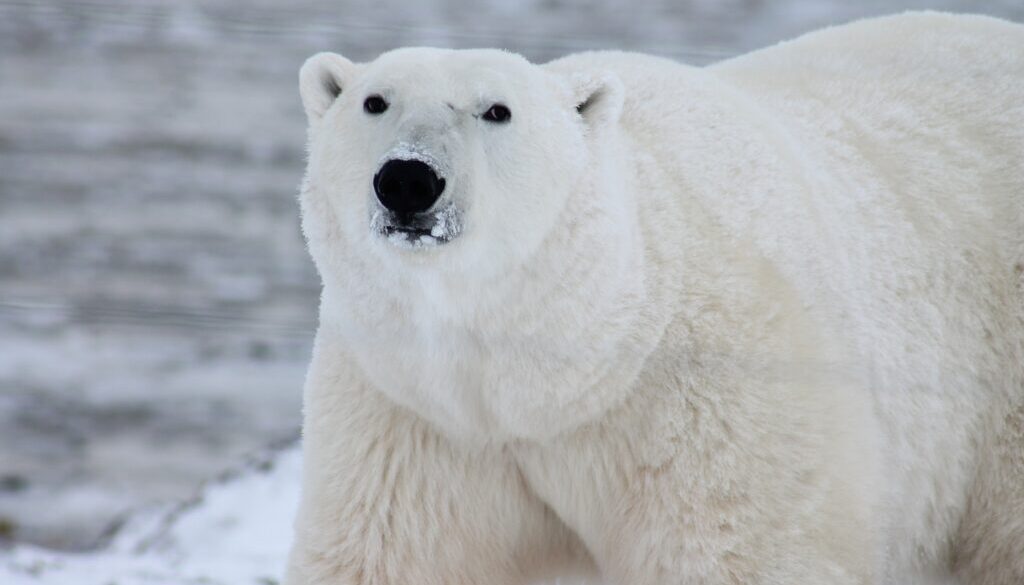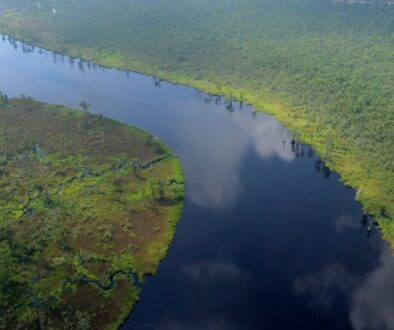At least 330 species across the globe contaminated with PFAS
A class of chemicals linked to multiple health hazards in humans have been detected in hundreds of wildlife species across the United States, according to a report issued Wednesday.
The report was released by the Environmental Working Group (EWG) along with a map demonstrating that per- and polyfluoroalkyl substances, also known as PFAS, are contaminating wildlife on every continent except Antarctica.
The data adds to several other reports of PFAS contamination in wildlife, and adds to the mounting concerns many researchers have about the long-term health and sustainability of important ecosystems.
“It’s a shocking wake-up call that much more needs to be done to protect wildlife … from the impacts of industrial chemicals,” said David Andrews, a senior scientist at EWG and an author of the report.
PFAS are a class of chemicals used in a wide array of industries and products. They are often referred to as ‘forever chemicals’ because they don’t break down in the environment. The chemicals have been linked to an array of human health problems, including certain cancers, reproductive issues and developmental problems.
The map showing the extent of the contamination in wildlife reflects data from 125 peer-reviewed studies of a wide range of species, including fish, birds, reptiles, amphibians, and mammals. PFAS contamination has been documented in polar bears in the Arctic Circle, tigers in China, plankton off the coast of Panama, crocodiles in South Africa, and many more species.
Andrews emphasized that the map only shows a fraction of the likely global contamination of wildlife, and that PFAS contamination is likely far more common than the map suggests.
“Even species in remote parts of the globe also have contamination,” he said. “It seems unlikely that any species has fully been able to escape the reaches of these chemicals.”
Heidi Pickard, a PhD candidate at Harvard University who studies PFAS in aquatic systems, agreed.
“This is just a glimpse,” she said.
Building evidence
The findings build on a study, published last month, showing widespread contamination of freshwater fish in the US. That report showed that the majority of freshwater fish sampled from lakes, rivers, and streams across the country had significant levels of PFAS contamination — enough that eating just one meal of caught fish per year was equivalent to drinking PFAS-contaminated water for a month.
Research suggests that PFAS has hazardous health impacts on some wildlife, though more research is needed, said Cheryl Murphy, the director of the Center for PFAS Research at Michigan State University.
“There are some harmful effects of PFAS on lab species, but also on humans. If we’re seeing impacts on lab rats and on humans, I imagine there’s going to be effects on fish and wildlife as well,” she said.
The ubiquitous contamination of wildlife could have broader ecosystem impacts, too, though more research is needed to determine if that’s the case, according to researchers.
“There’s much more research that needs to be done on how [PFAS] impacts species, especially endangered or threatened species,” said EWG’s Andrews. “But we do know a significant amount about how potent these chemicals are and their ability to interact with a wide range of biological systems, so even the documented contamination itself is cause for concern.”
A concerning trend
Another concerning trend shown by the map, according to Pickard, is the contamination of wildlife in remote regions, such as the Canadian Arctic, the Faroe Islands, and Greenland. This contamination in far-flung areas illustrates the ability of PFAS to travel long distances across the globe, reaching wildlife that live mostly removed from common industrial sources of pollution, she said.
The Endangered Species Act (ESA), a law passed in 1973 establishing protections for endangered and threatened species, could be a tool to help enforce PFAS regulation, according to the Center for Biological Diversity, a nonprofit research and advocacy group.
In comments submitted to the Environmental Protection Agency (EPA) last summer, the Center for Biological Diversity stated that the EPA’s current water quality criteria were “under-protective of listed species.” The group wrote that given the threat that PFAS chemicals pose to wildlife, the EPA should update its 1985 water quality guidelines for PFAS to fully comply with ESA mandates that government agencies ensure their actions are “not likely to jeopardize the continued existence of any endangered species or threatened species.”
Halting production of PFAS chemicals is one primary way to prevent future wildlife contamination, said Pickard.
“Stop exposing animals to the production of these chemicals,” she said.
 EWG
EWG



March 4, 2023 @ 11:48 pm
Don’t hurt animals or nature. It’s too late but we can do it right.